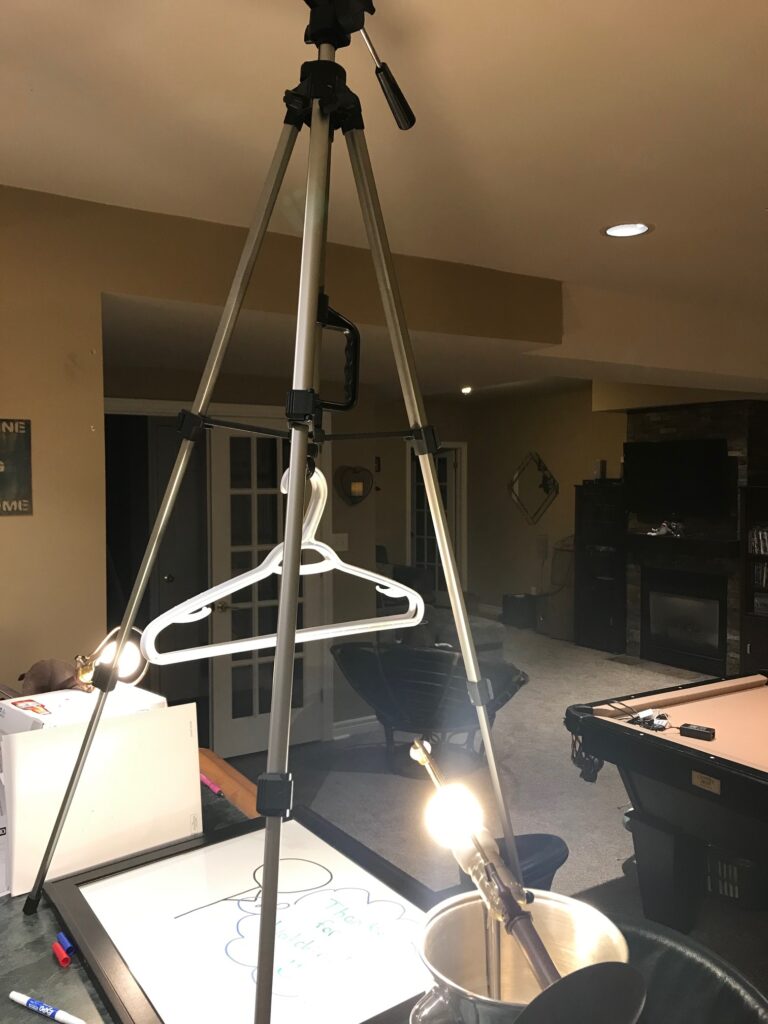While new and experienced teachers are constantly being told to embrace educational technologies, the sheer amount of choice and complexity in these technologies can make this a rather daunting task. Educational technologies must be reviewed for their ease of access, terms of service, and level of modification to the classroom. These technological resources require the teacher, as well as the students, to have some prior digital skills and literacies. This can cause issues if not all students (let alone the teacher) have a similar level of digital literacy. The Ontario Extend Technologist Module looks to alleviate some of these issues by offering a wealth of digital teaching resources. These resources help to improve and expand teacher’s digital pedagogies, as well as develop student-oriented framework for them to learn as well.
For this reflection, I decided to summarize the technologist module in the form of a Twitter essay. Twitter is a platform I use daily in my personal life, so I wanted to try using it in in an educational capacity. In the Twitter thread, I first summarize the sections and main resources in the module. I then connect to the module to topics we have discussed in class, such as Bloom’s taxonomy and the Cynefin Framework. The technologist module connects to Bloom’s taxonomy by utilizing the cognitive skills of analysis, evaluation, and creation in the design-thinking approach. These are the most significant skills for student learning, as they require the most student agency. The module also related to the Cynefin framework by falling under the complex and complicated domains. I hope you enjoy my Twitter essay, feel free to log into the platform if you wish to share or provide feedback!



